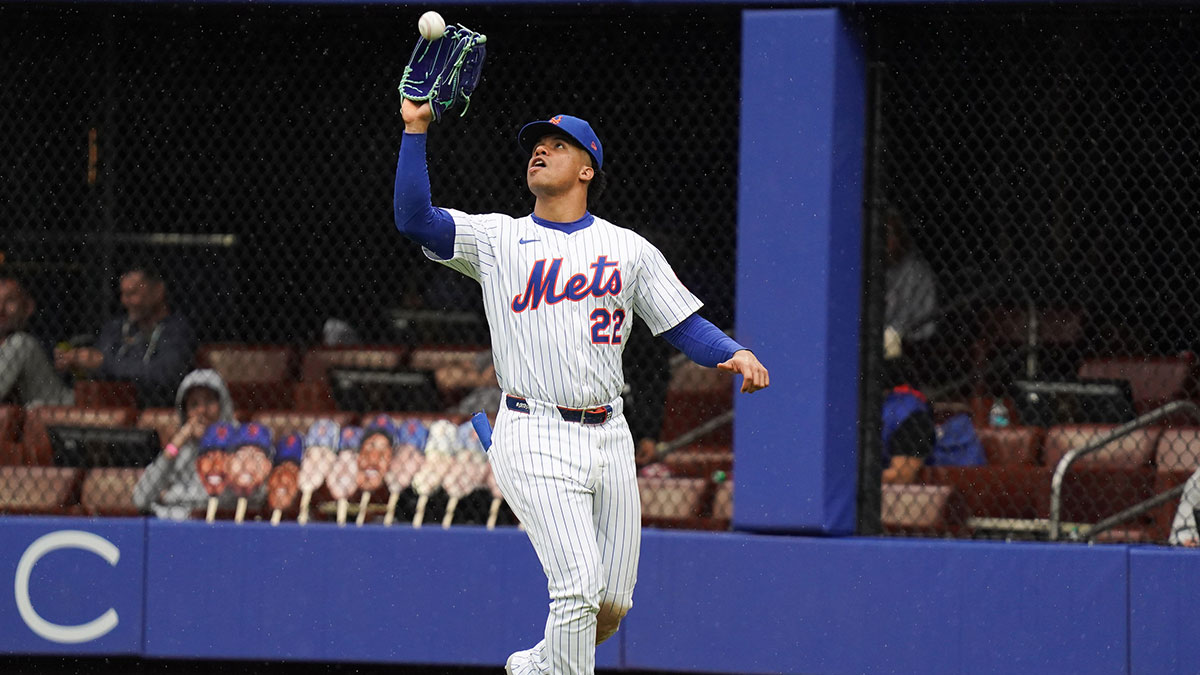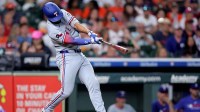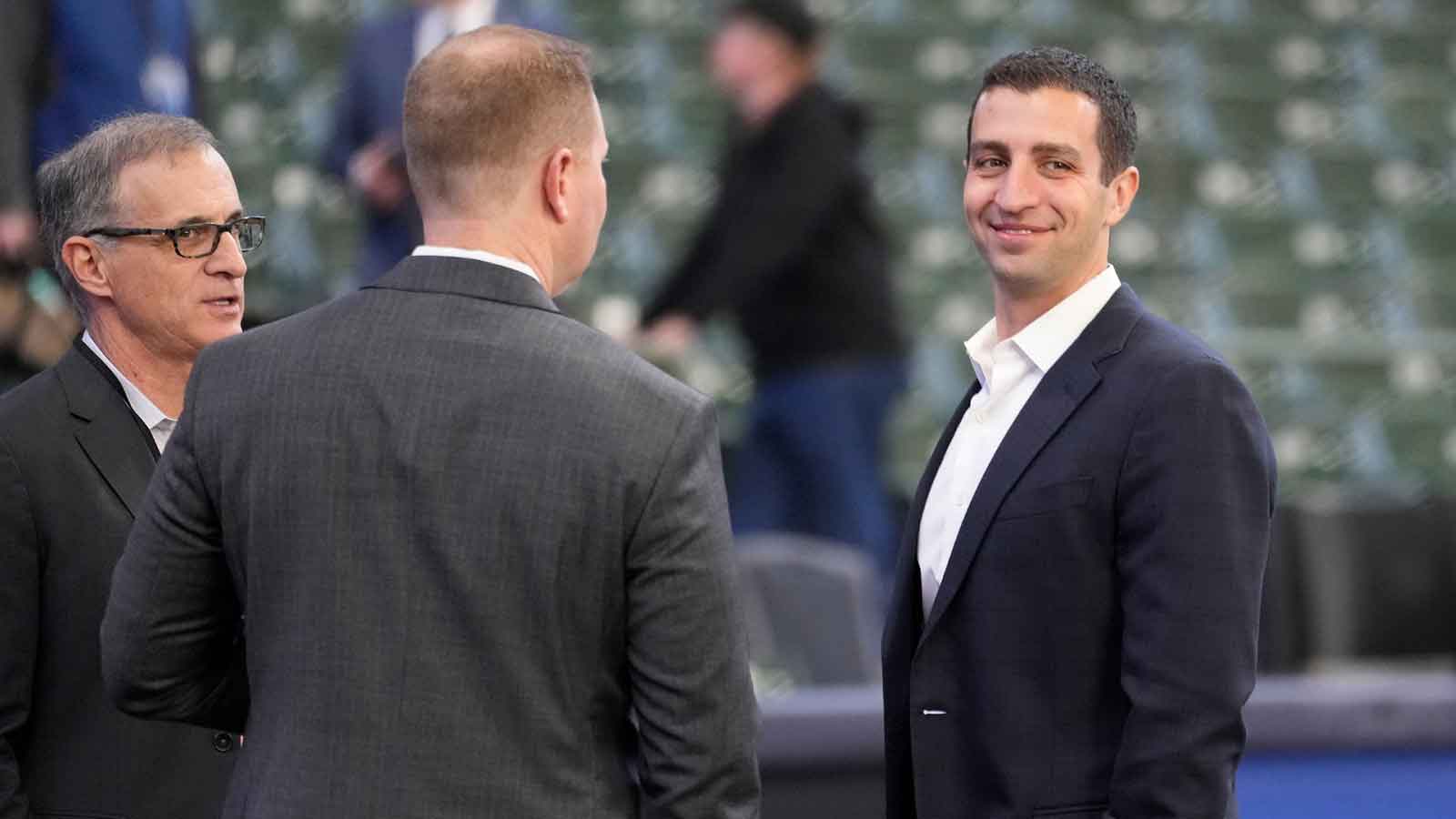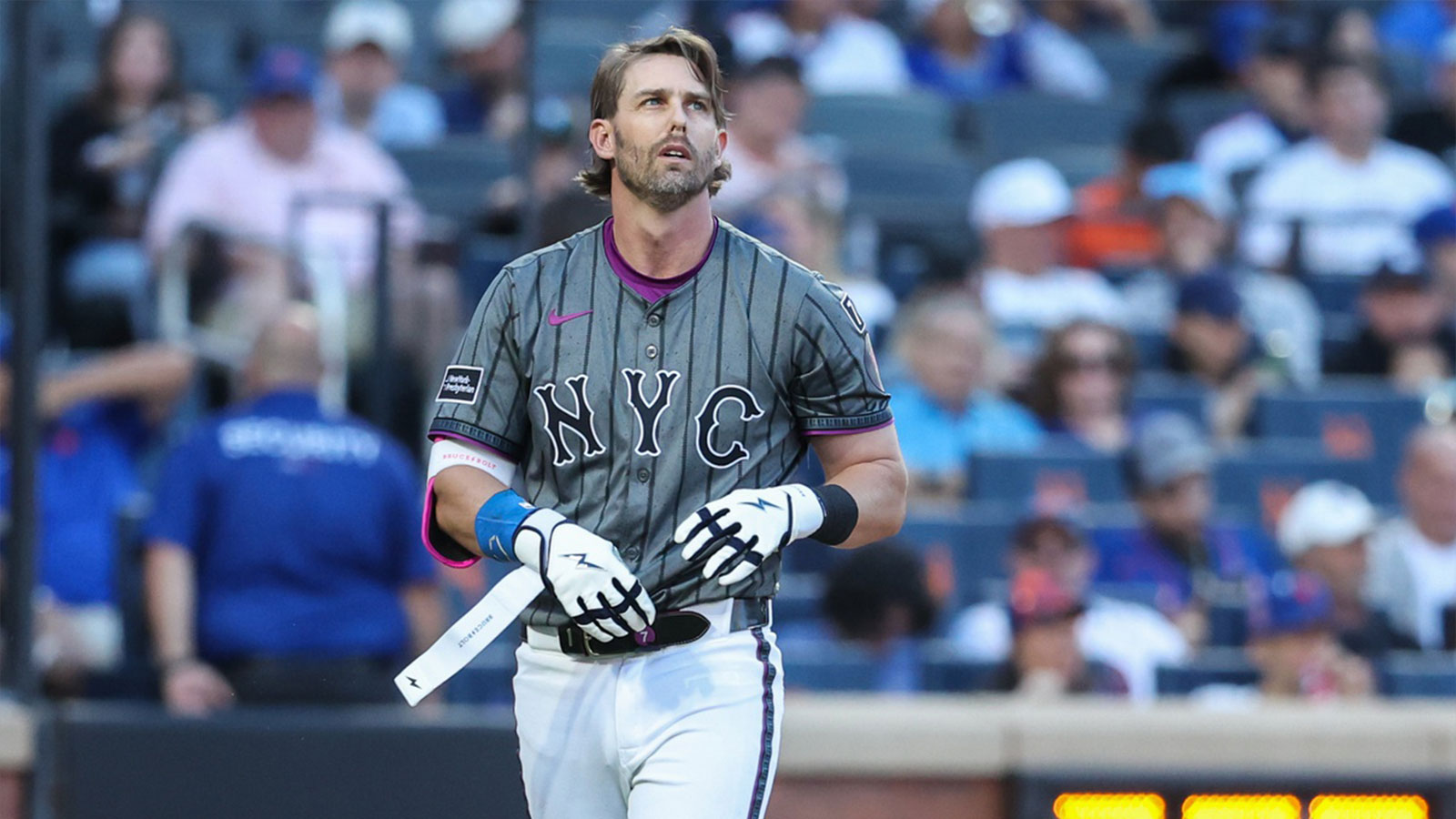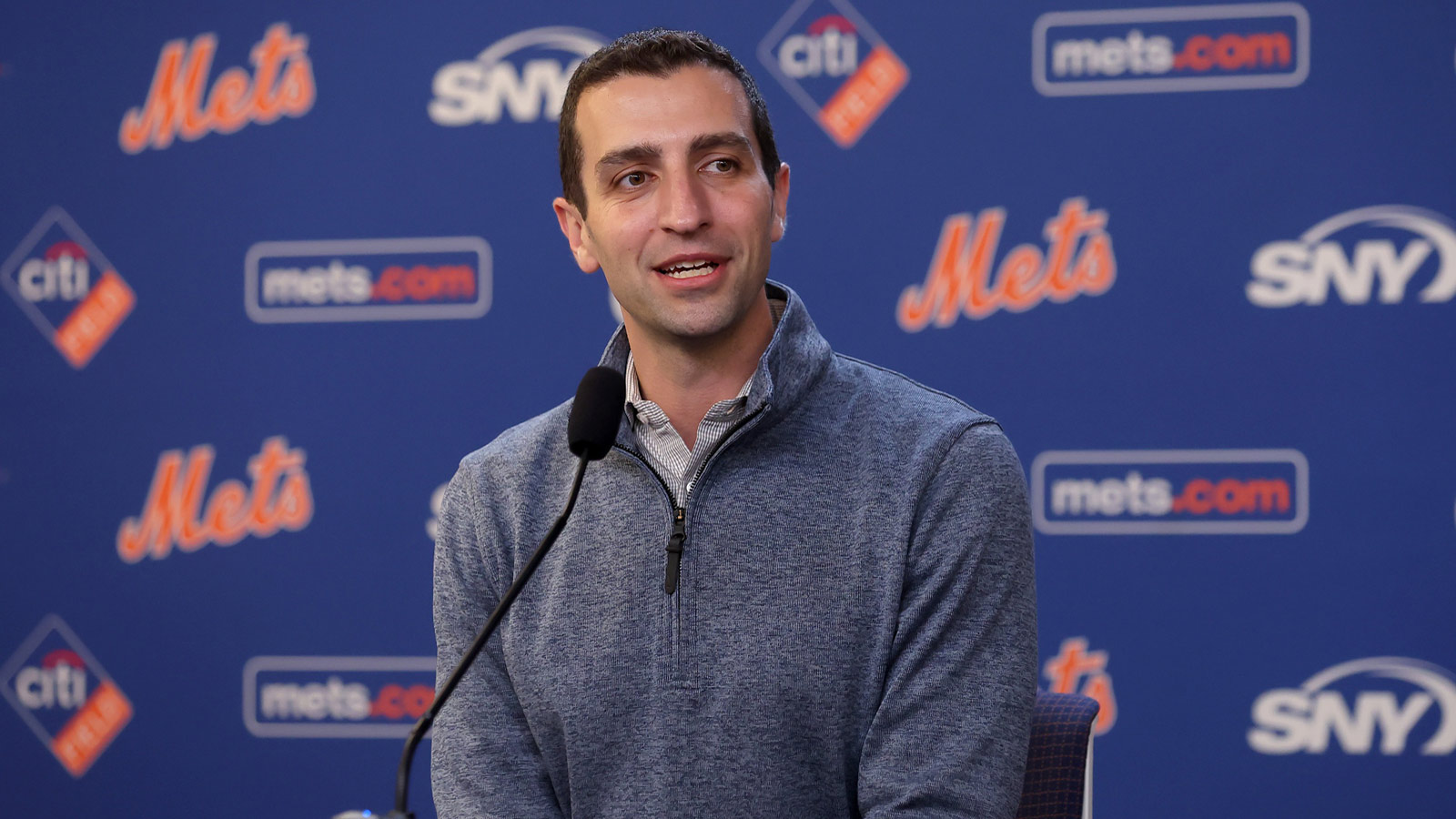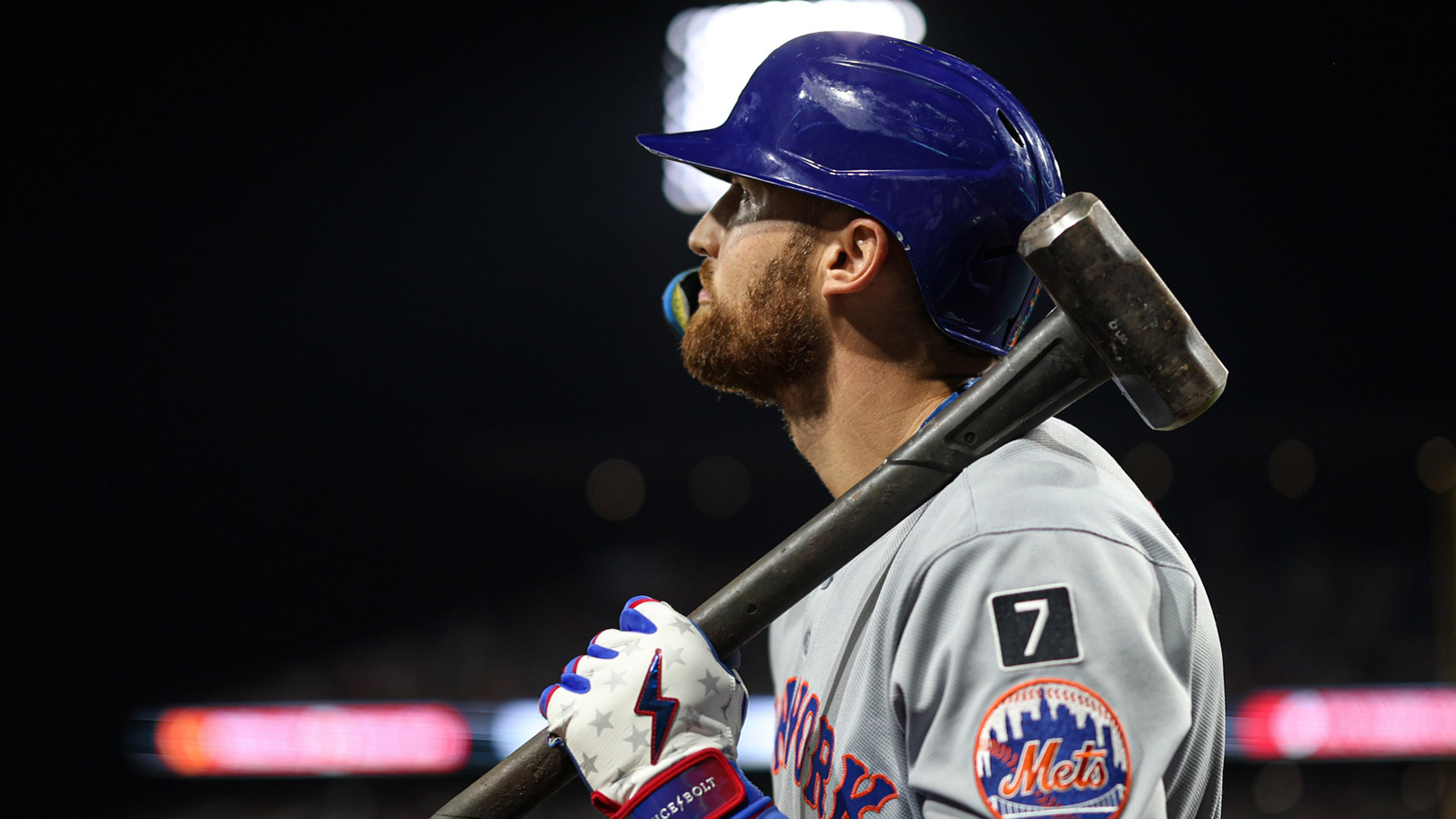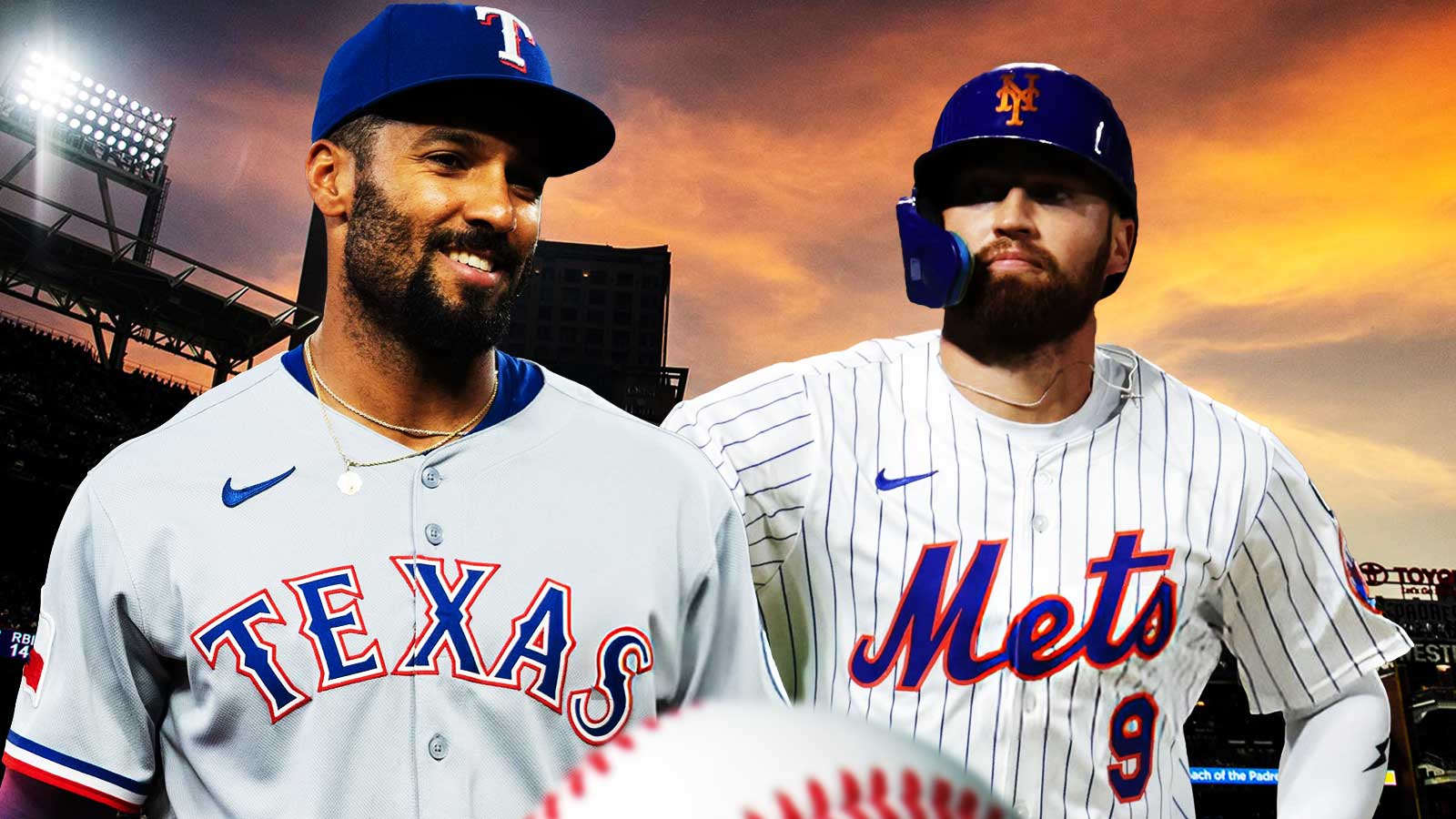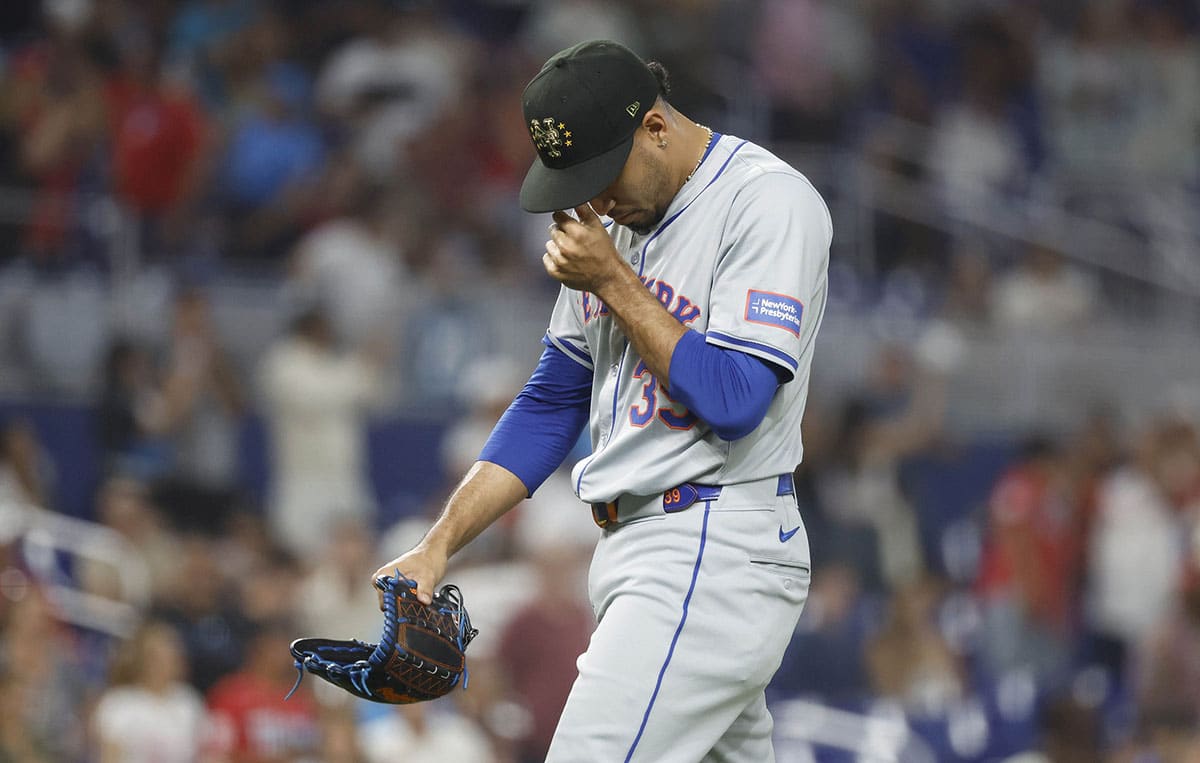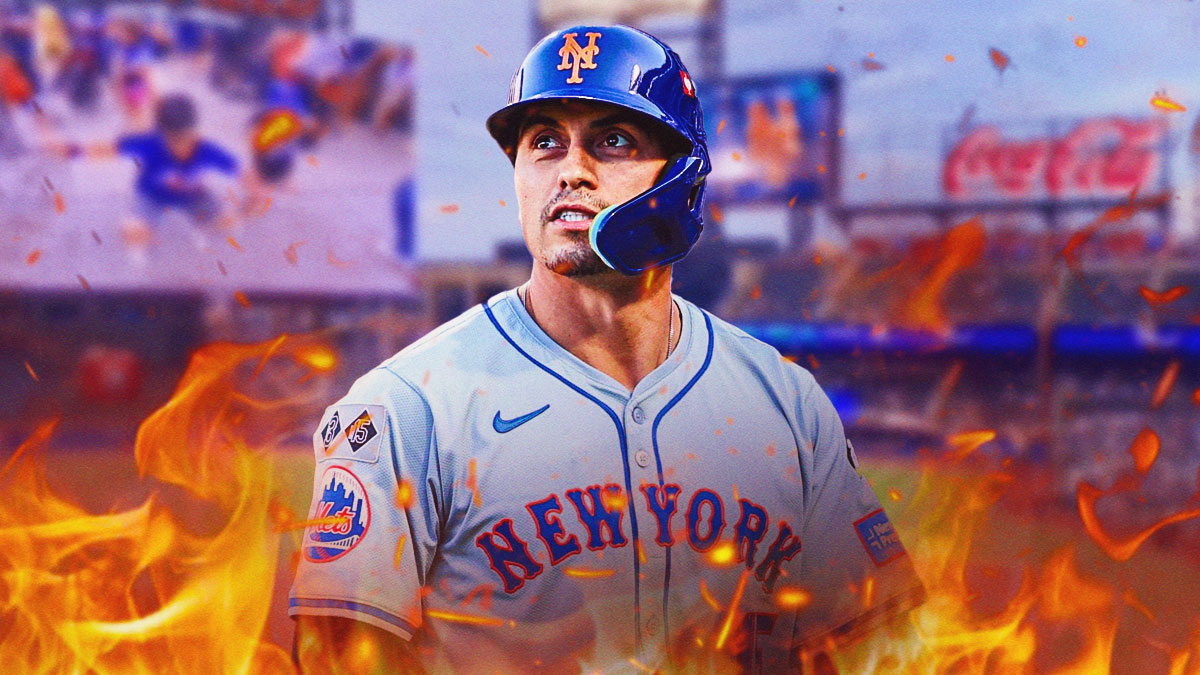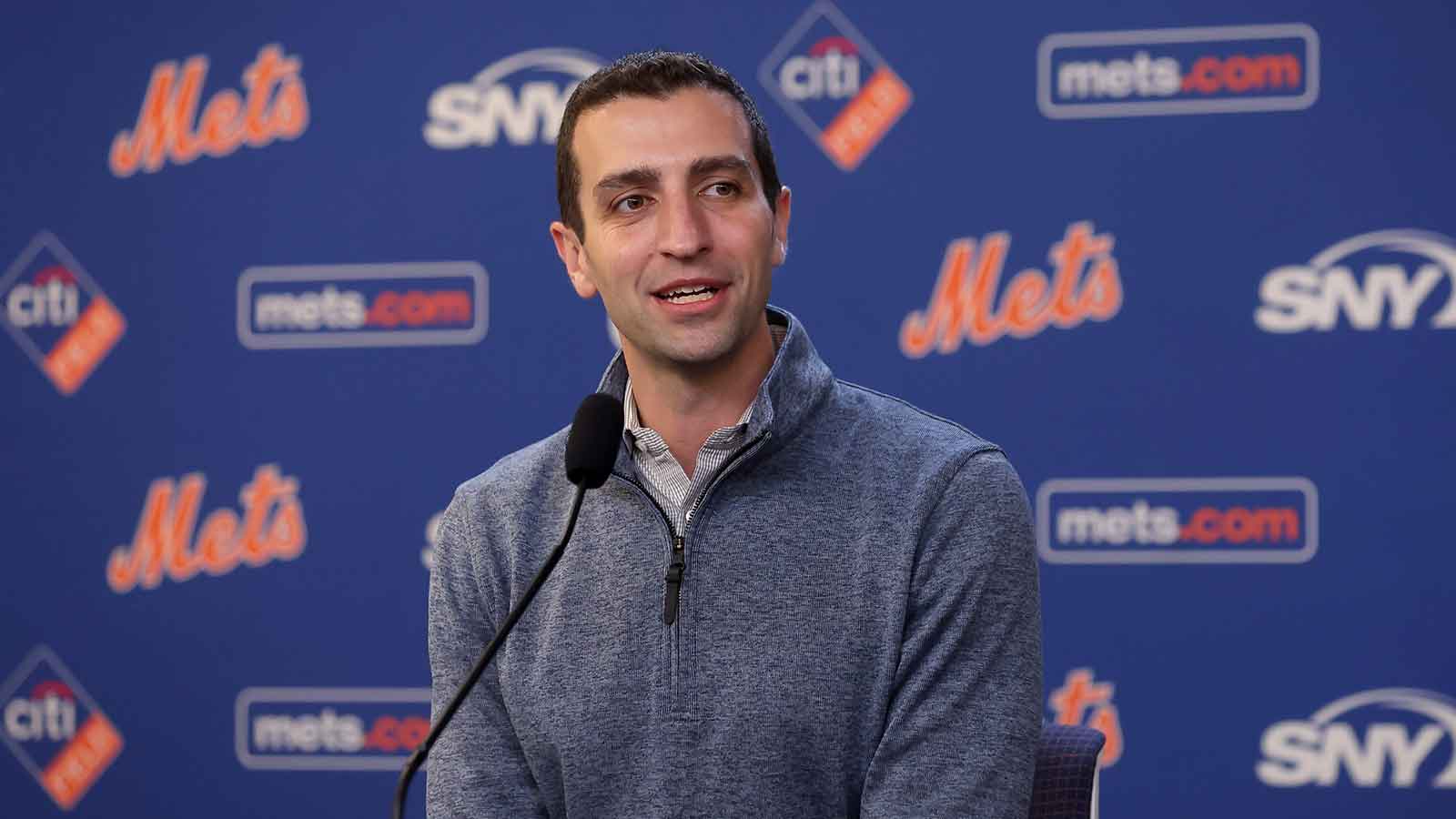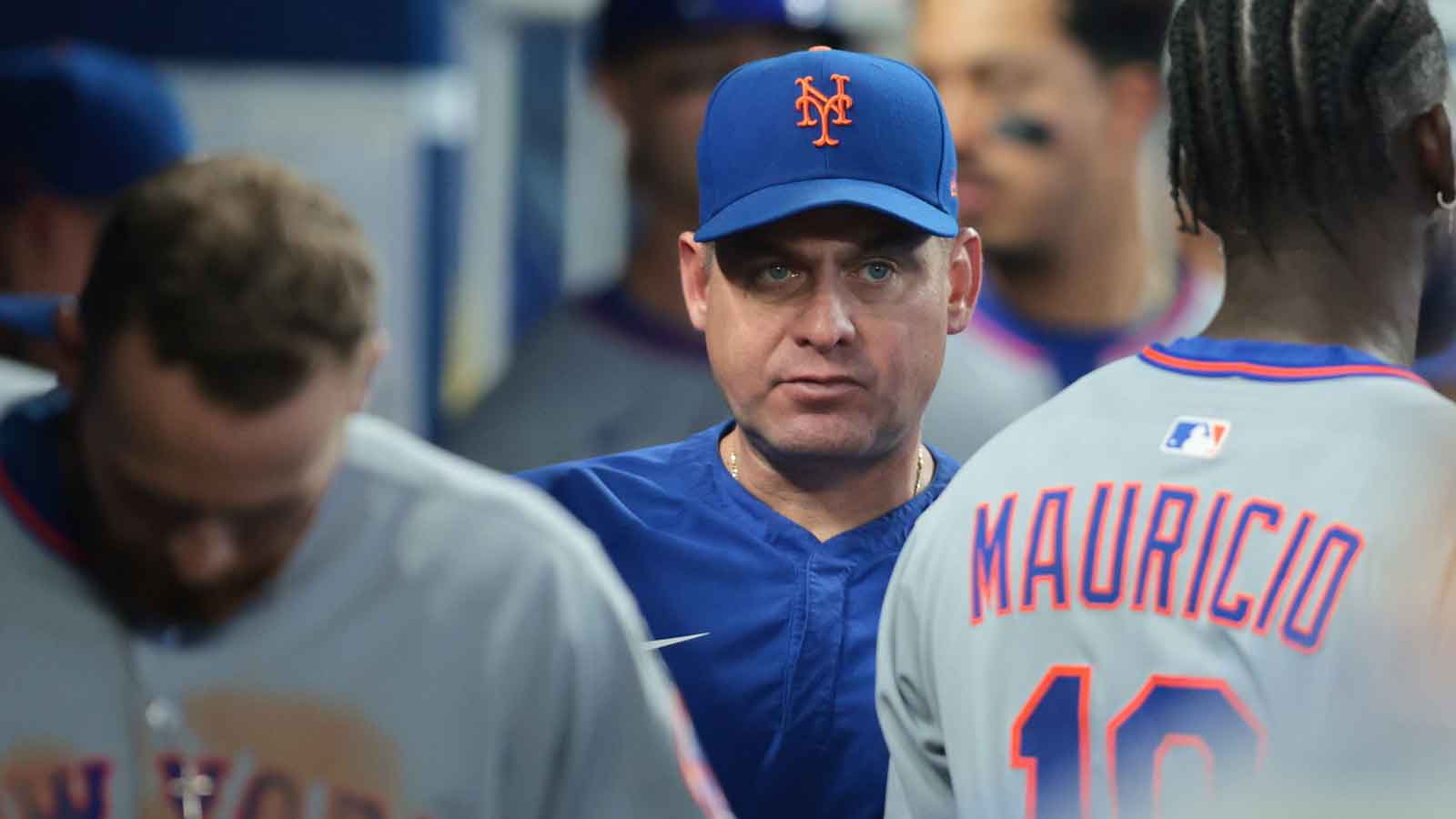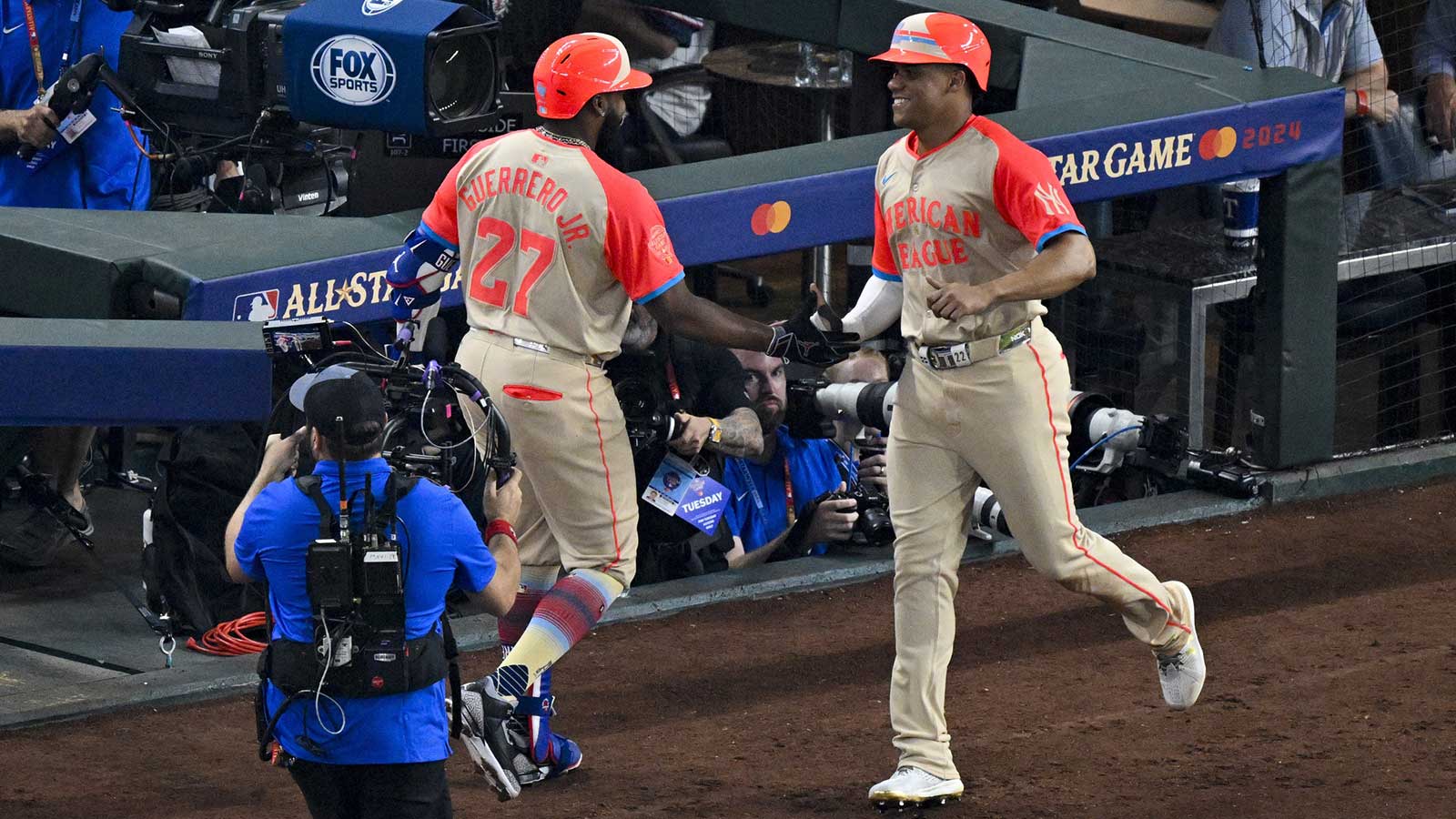As the New York Mets enter the second third of their season, they’re sitting atop the NL East with a 37–22 record—but not without clear warning signs. At the center of it all are Juan Soto’s struggles—an unexpected concern that could quietly reshape the Mets’ approach as the MLB trade deadline draws near.
In a recent column for The Athletic, Tim Britton laid it out simply, the next 50 games will determine whether the Mets should lean on internal growth or “pull the trigger on impact trades.” The front office is watching, especially with October in mind. That statement should ring alarm bells—not in panic, but in planning.
While the Mets’ lineup boasts star power with Soto, Francisco Lindor, and Pete Alonso, production hasn’t met expectation. They rank ninth in NL scoring at 4.41 runs per game—a mark that’s average by playoff standards. If internal improvements stall, adding a bat at DH, catcher, or third could become a priority.
Meanwhile, the Mets pitching rotation has carried its weight, if not the entire roster. With a 2.85 ERA—the best in the NL—the rotation has proven deep. Kodai Senga, Clay Holmes, and David Peterson are steadying forces, but Britton rightly asks who can New York trust come October? The expected returns of Sean Manaea and Frankie Montas may help, but there are no guarantees with health.
And then there’s the bullpen, which has outperformed even the starters but taken recent hits with A.J. Minter and Danny Young out long-term. Edwin Díaz and Reed Garrett are elite, but another left-handed arm or late-inning reliever could be on the wish list.
As Britton framed it, the baseball season breaks into three parts. The second third—the next 50 games—will decide whether the Mets try to “improve the team” or trust the group that got them here. If Soto’s struggles continue and the offense stalls, an external Mets offense upgrade feels not just possible, but necessary.

